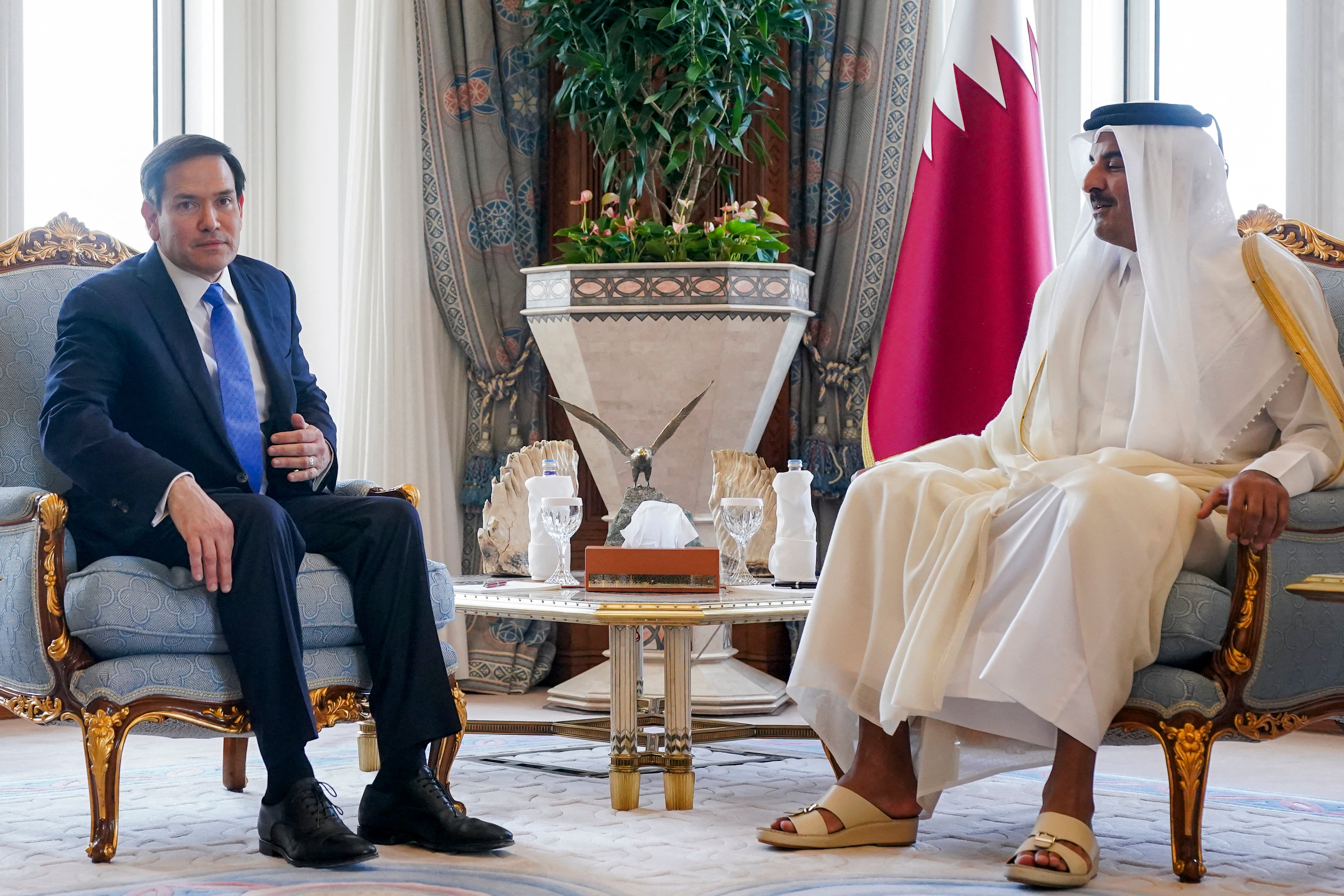Saudi Arabia and Pakistan have established an agreement for mutual defense, marking a strategic shift in regional security as Gulf nations reevaluate their dependence on American protection. This alliance highlights the evolving dynamics in the Middle East and South Asia, with consequences for military collaboration, diplomacy, and geopolitical stability.
The agreement between the two nations arrives amid a backdrop of heightened regional tensions and evolving global alliances. Saudi Arabia, a key player in Gulf politics, has traditionally relied on the United States for security guarantees, particularly in the context of threats from Iran and other regional actors. However, recent uncertainties regarding US engagement in the Middle East have prompted Riyadh to explore alternative partnerships to strengthen its defense capabilities. Pakistan, with its substantial military infrastructure and experience in regional conflicts, emerges as a natural partner in this context, offering both manpower and strategic expertise.
Strategic motivations behind the pact
The mutual defense pact reflects a convergence of interests between Riyadh and Islamabad. For Saudi Arabia, the agreement provides access to trained military personnel, joint exercises, and potential coordination in defense planning, reducing overreliance on external actors. It also serves as a geopolitical signal to the region and the world, demonstrating that Gulf states are seeking diversified security arrangements amid shifting US policies and perceived unpredictability in Washington’s commitments.
For Pakistan, the deal presents opportunities for increased influence in Gulf affairs, economic collaboration, and strategic partnerships beyond South Asia. Islamabad has historically maintained close military and political ties with Gulf states, but the formalization of a defense pact elevates this relationship, positioning Pakistan as a significant player in regional security architecture. Analysts suggest that this partnership may also involve intelligence sharing, joint counterterrorism initiatives, and military training programs, strengthening both countries’ defense readiness.
The timing of the pact is significant. In recent years, US attention has increasingly focused on the Indo-Pacific, leaving some Gulf states questioning the consistency and reliability of American support. While the US continues to maintain a military presence in the region, evolving foreign policy priorities and domestic political considerations have fueled concerns about long-term security guarantees. The Saudi-Pakistani agreement can thus be viewed as a proactive measure to hedge against potential gaps in US engagement.
Effects on regional stability
The mutual defense treaty holds both immediate and lasting impacts on the stability of the region. It could serve as a deterrent to external threats, indicating to opponents that Saudi Arabia and Pakistan stand ready to tackle security issues together. Amidst the ongoing strains with Iran, the civil strife in Yemen, and security concerns in the Gulf waters, this agreement might improve military collaboration and preparedness for operations.
Nonetheless, the treaty might also lead to changes in regional partnerships. Competing nations could interpret the deal as a shift in power balance, causing adjustments in military strategies, foreign policies, and financial commitments. Experts caution that although it can fortify two-sided relations, the agreement needs to be skillfully handled to prevent increasing tensions or sparking an arms race, especially in an area already known for intricate geopolitical competitions.
The agreement might impact the function of global organizations and partnerships. Collaboration between Saudi Arabia and Pakistan could connect with Gulf Cooperation Council projects, United Nations peace missions, and wider global security structures, generating occasions for cooperative involvement in international environments. Working together in these settings can strengthen authority, offer logistical assistance, and boost diplomatic power for both nations.
Economic and military dimensions
Beyond defense, the agreement carries economic and logistical implications. Joint military exercises, procurement of defense equipment, and technology transfers can stimulate economic cooperation and create avenues for shared investment. Saudi Arabia may benefit from Pakistan’s experience in military technology and training, while Pakistan could secure defense contracts, funding, and infrastructure development opportunities.
The military aspects of the agreement could involve stationing forces, setting up training centers, and merging command systems for joint responses. Although details are mostly kept secret, analysts point to the agreement as a sign of dedication to mutual strategic goals and improved working compatibility. Such collaboration not only boosts defensive strength but also communicates a signal of cohesion and toughness to outside viewers.
Additionally, the pact may have indirect effects on regional energy security. The Gulf’s oil and gas infrastructure is vital for global markets, and the agreement could bolster protection measures, ensuring uninterrupted production and export. Stability in these sectors benefits not only the signatory nations but also international partners and investors who rely on reliable energy flows from the region.
Diplomatic repercussions and global context
The pact between Saudi Arabia and Pakistan may recalibrate diplomatic dynamics, both regionally and globally. It demonstrates the willingness of Gulf states to explore strategic partnerships beyond traditional Western alliances, signaling an era of diversified security arrangements. This shift may encourage other nations to pursue similar agreements, emphasizing self-reliance, regional collaboration, and multilateral engagement.
For the United States, the development represents both a challenge and an opportunity. While the pact indicates that Gulf states are hedging against overdependence on US military support, it also opens pathways for the US to engage with new regional frameworks, potentially facilitating trilateral cooperation or joint exercises that include American forces. Diplomatic efforts may focus on ensuring alignment of objectives while respecting the autonomy of Gulf states in their defense decisions.
Globally, the agreement may affect power dynamics in South Asia, the Middle East, and broader international relations. With Pakistan positioned as a key partner in Gulf security, the nation’s strategic influence expands, potentially impacting negotiations, alliances, and conflict resolution initiatives in adjacent regions. Observers note that this arrangement could also influence international defense markets, arms trade agreements, and regional military procurement strategies.
A complex strategy
As Saudi Arabia and Pakistan implement their mutual defense pact, the focus will be on operationalizing the agreement, enhancing joint capabilities, and maintaining balance amid regional complexities. Both nations must navigate challenges such as coordination of military operations, integration of intelligence networks, and management of public perception. Success will depend on clear communication, shared strategic objectives, and adherence to legal and diplomatic frameworks that guide international security collaboration.
The pact highlights broader trends in global geopolitics, including the diversification of security partnerships, the reassessment of traditional alliances, and the emphasis on regional self-reliance. As Gulf states adapt to shifting strategic landscapes, collaborations like the Saudi-Pakistani defense agreement may become increasingly common, reflecting evolving priorities in military readiness, economic stability, and diplomatic influence.
Ultimately, the agreement serves as a reminder of the complex interplay between national security, regional alliances, and global diplomacy. By strengthening their defense relationship, Saudi Arabia and Pakistan not only address immediate security concerns but also contribute to shaping a new era of strategic partnerships, where flexibility, collaboration, and proactive engagement define the contours of regional stability.




